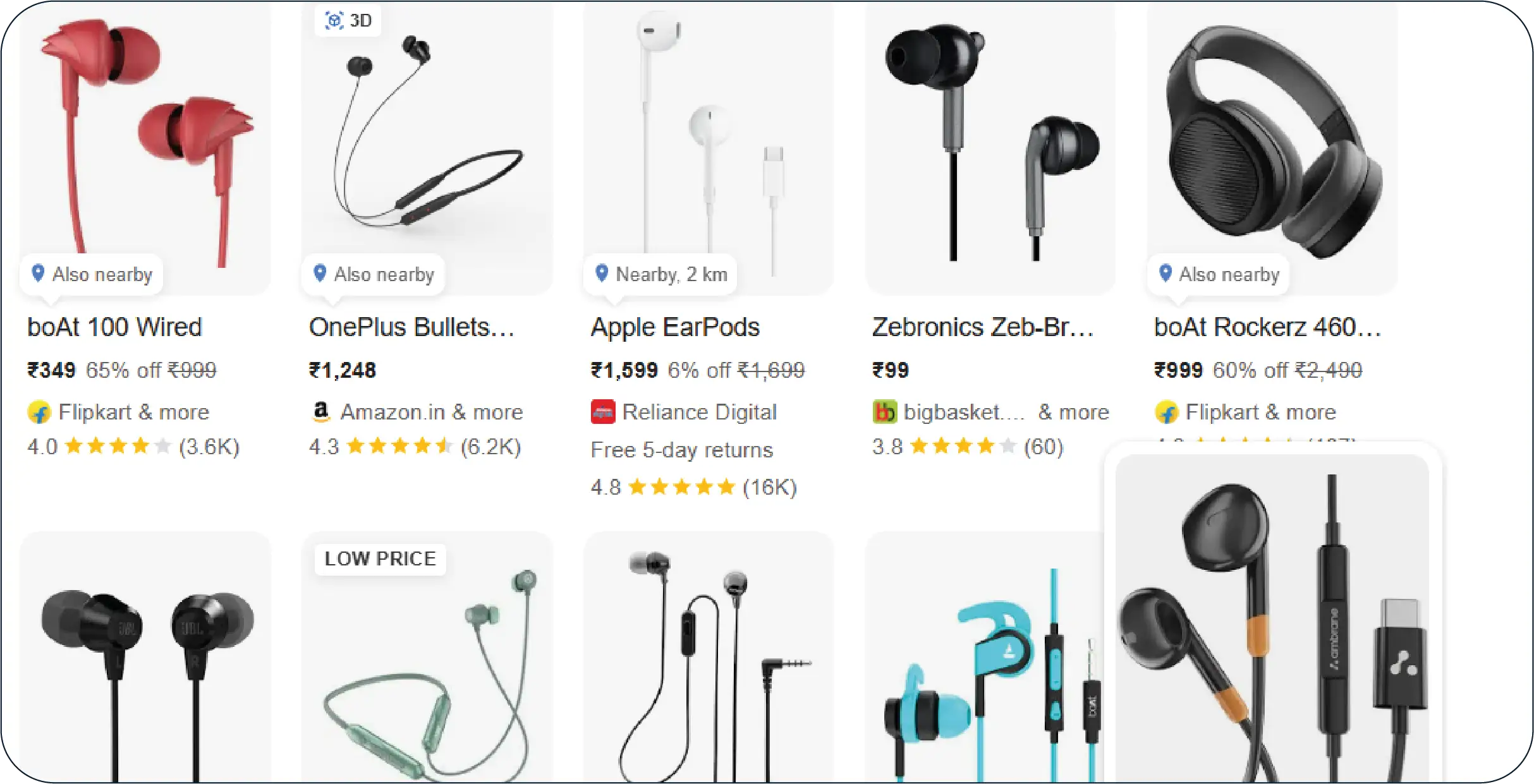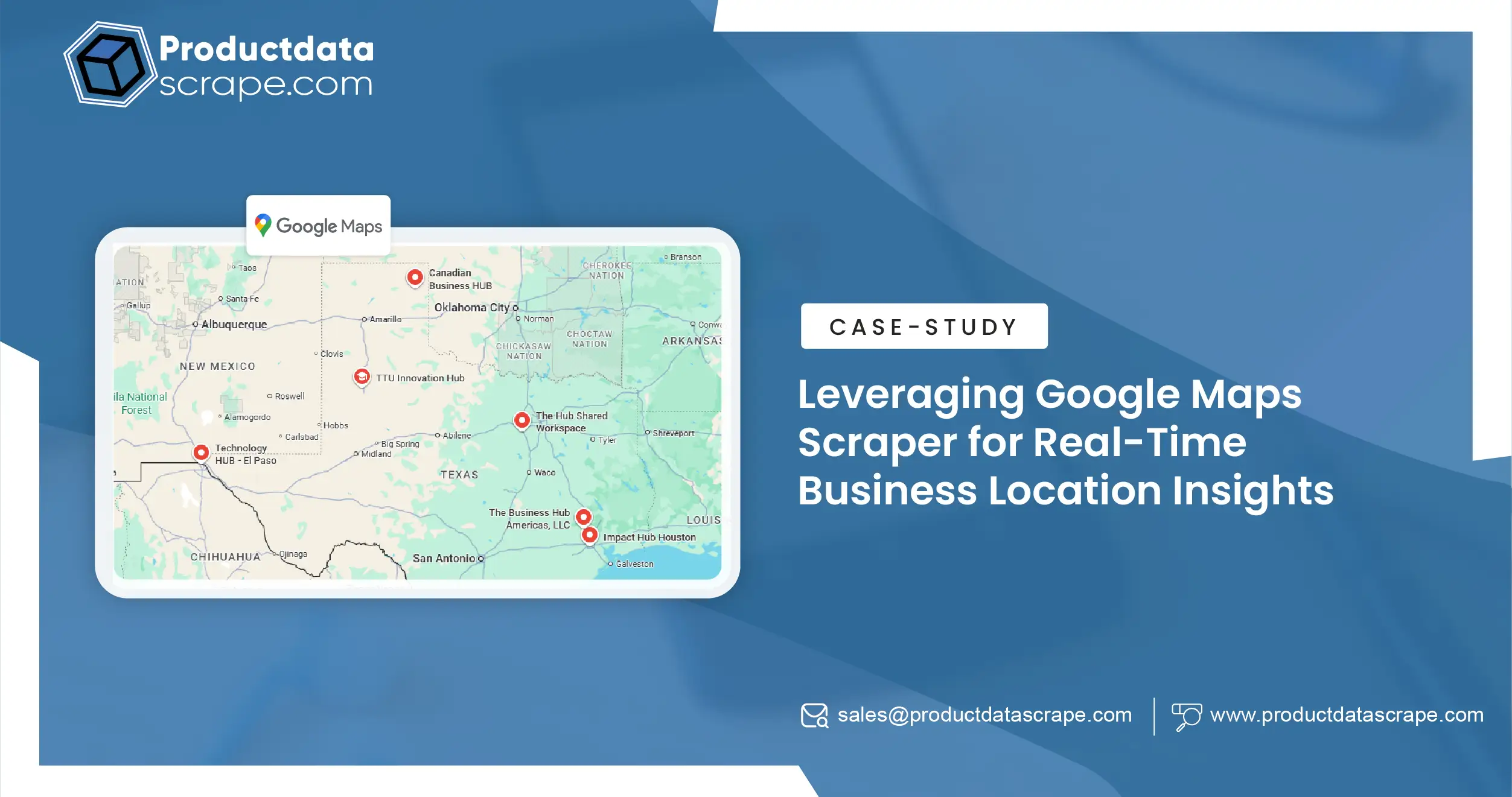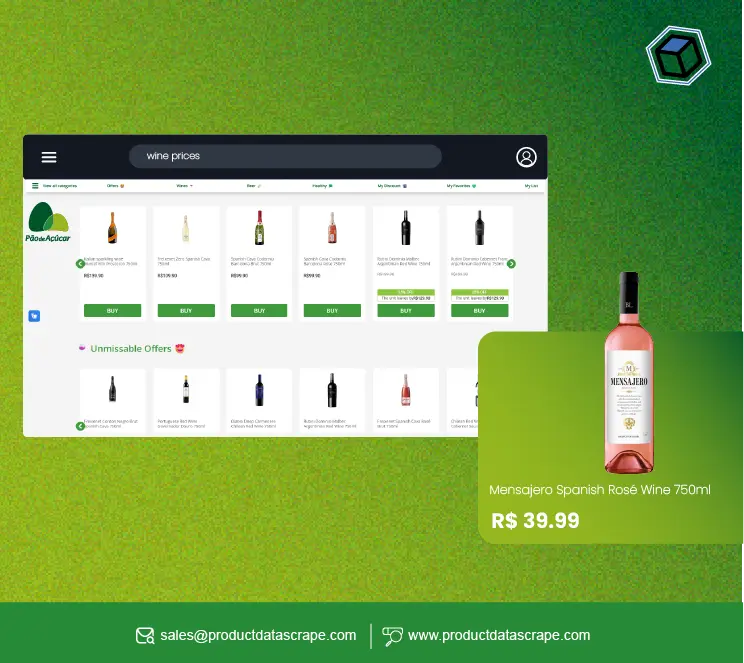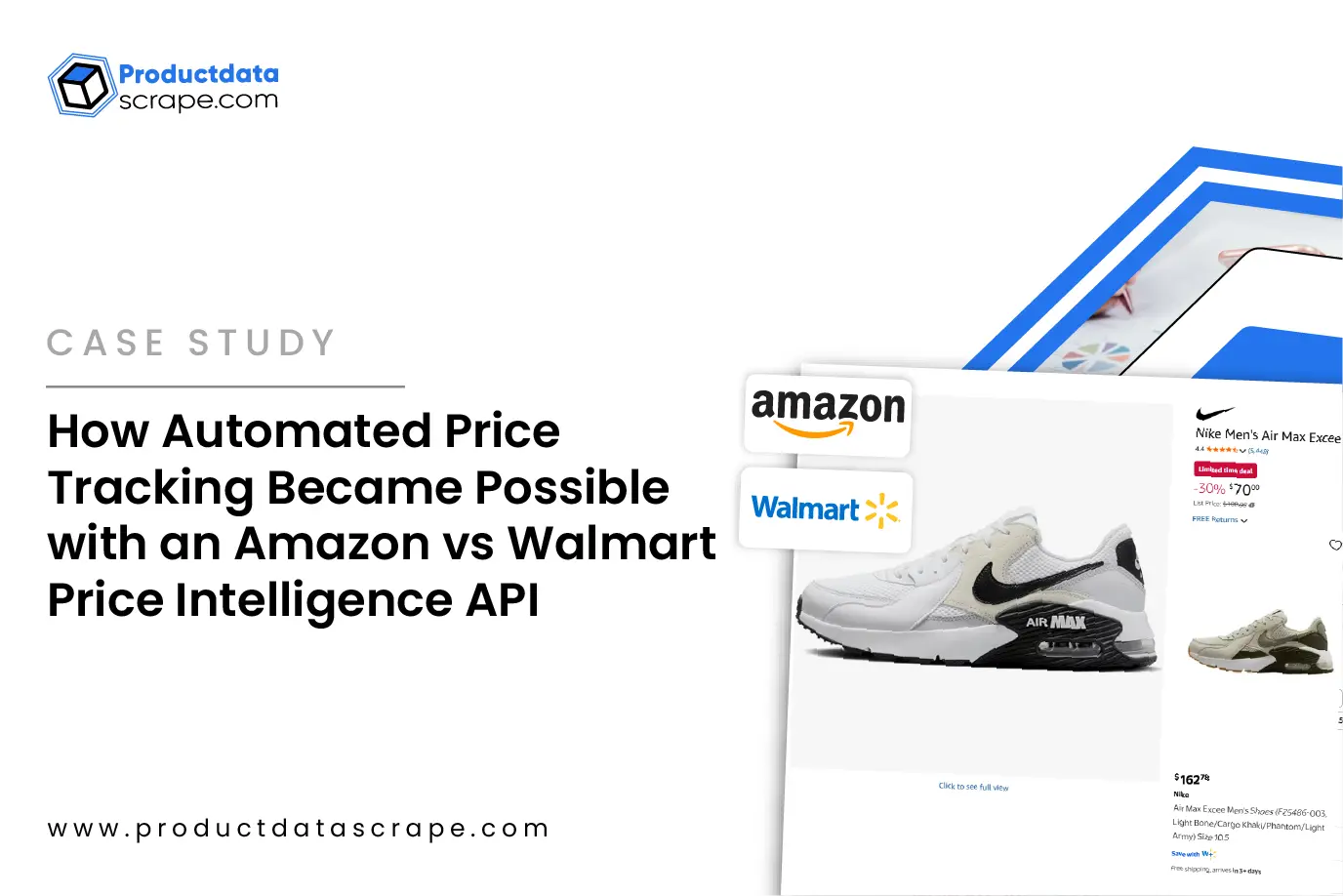Introduction
In today’s digital-first marketplace, location-based data is a critical driver
for business growth, customer acquisition, and competitor analysis. Companies across retail,
FMCG, and services sectors are increasingly turning to tools like Google Maps Scraper to capture
actionable insights from real-time map listings. With millions of businesses listed on Google
Maps, organizations can extract valuable details on store locations, operating hours, customer
reviews, and service categories to sharpen their marketing and expansion strategies.
Our client, a retail analytics company, faced the challenge of gathering
accurate and frequently updated local business data in order to identify high-potential regions
and refine customer targeting. To achieve this, they adopted Google Maps business data scraper
technology combined with automated pipelines. This case study explores how Product Data Scrape
empowered the client to gain data-backed clarity through location intelligence, delivering
improved operational efficiency and competitive advantage.
The Client
The client is a mid-sized retail analytics and consulting firm based in Europe,
serving FMCG brands and franchise-based businesses across multiple regions. Their primary focus
is on offering data-backed market insights, helping brands evaluate new store locations, track
competitors, and optimize distribution networks.
Before engaging with Product Data Scrape, the client relied on third-party
reports that lacked granularity and often failed to provide real-time updates. They needed
accurate, frequent data to understand store density, competitor positioning, and consumer
sentiment. This was particularly important as the FMCG sector became more competitive
post-pandemic, with digital-first players challenging traditional retail formats.
The client decided to implement a Google
Maps review scraper and location-based
APIs to streamline the extraction process. By gathering direct insights, including ratings,
customer reviews, and competitor store locations, they were able to create a data-driven
approach for expansion planning.
Key Challenges

The client faced several challenges before implementing the Google Maps Scraper solution. Their
team struggled to consolidate fragmented data sources, which slowed down decision-making. Manual
collection of business listings was both time-consuming and error-prone. Additionally, they
lacked the ability to extract Google Maps ratings & feedback at scale, limiting their view of
customer sentiment and service performance.
Another challenge involved the inconsistency of location data. Competitor store addresses were
frequently outdated or incomplete, making it difficult to create accurate heatmaps for regional
coverage. Their previous systems could not integrate with a Google Maps store locator scraper,
which meant the client had no visibility into competitor footprints across cities and
neighborhoods.
The business also needed category-level granularity. Without a Google Maps category-wise
scraper, they couldn’t differentiate between retail categories or monitor how competitors
performed across product segments.
Lastly, their reporting cycle was slow, taking weeks to prepare localized insights. This lag
hindered their ability to act on market opportunities quickly, especially in fast-changing
retail environments. They needed a fully automated, accurate, and scalable location intelligence
solution to address these pressing gaps.
Key Solutions

Product Data Scrape provided a tailored solution by deploying advanced Google Maps Scraper
pipelines to extract real-time business location insights. The system integrated a Google Maps
business data scraper that automated the collection of business names, categories,
geocoordinates, and contact details. This allowed the client to build precise competitor maps
and plan new store launches effectively.
To enhance customer sentiment analysis, the team implemented a Google Maps review scraper and
tools to extract Google Maps ratings & feedback. This gave the client a direct view of customer
satisfaction and recurring pain points, enabling FMCG brands to fine-tune their customer
engagement strategies.
Additionally, we set up a Google Maps store locator scraper to gather competitor presence at a
granular level, while a Google Maps category-wise scraper enabled filtering by specific
industries. This improved category benchmarking and competitor tracking.
For expansion into e-commerce monitoring, we integrated Google Shopping Product Data Scraper
capabilities and a Google Shopping Price Monitor Scraper by URL. This addition allowed the
client to extract e-commerce data , including pricing, product attributes, and discounts. The
solution also featured scrape Google Shopping Product Data India to benchmark FMCG brands
entering Indian markets.
Finally, an E-commerce Price Monitoring module provided competitive insights beyond physical
stores, merging offline and online data into a single dashboard. Together, these tools offered a
real-time, 360° view of business performance and market opportunities.
Client’s Testimonial
"Partnering with Product Data Scrape has been a game-changer for our
business intelligence operations. The Google Maps Scraper solution provided unmatched
accuracy and speed in extracting real-time location data. With integrated review analytics,
store locator scrapers, and e-commerce monitoring, we now have a complete view of competitor
presence and customer sentiment. This has helped us refine our retail expansion strategies
and offer deeper insights to our FMCG clients. The automation has saved us hundreds of hours
monthly while ensuring data reliability. Product Data Scrape is a trusted partner for
scalable location and pricing intelligence."
— Head of Analytics, Retail Consulting Firm
Conclusion
This case study highlights how Google Maps Scraper helped our client overcome inefficiencies and
gain competitive advantages in real-time business location intelligence. By combining store
locator scraping, category-specific insights, and customer review analysis, the client was able
to extract highly relevant, accurate, and timely data. Integrating e-commerce monitoring further
strengthened their ability to track pricing strategies and consumer behavior across both offline
and online channels.



















.webp)
.webp)

.webp)